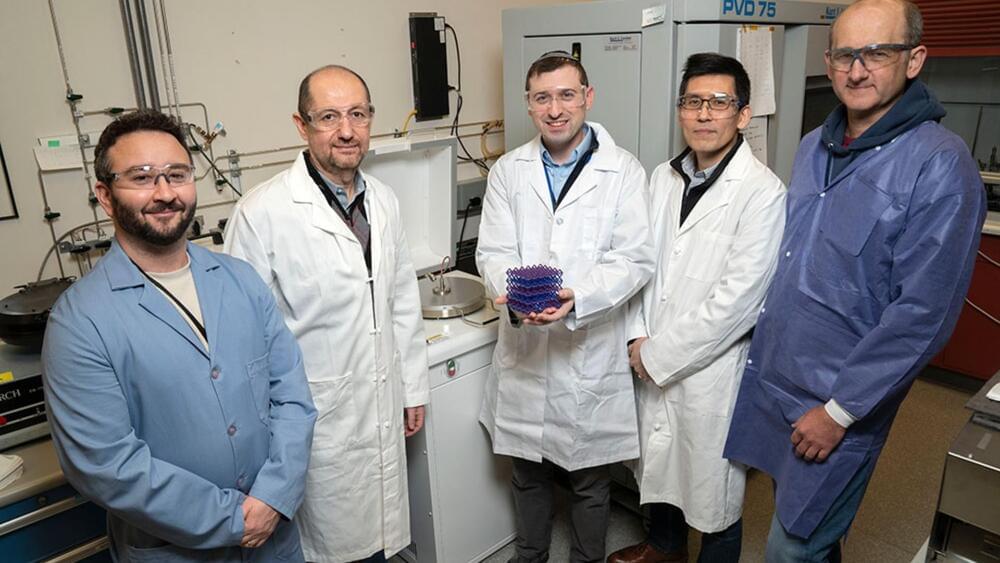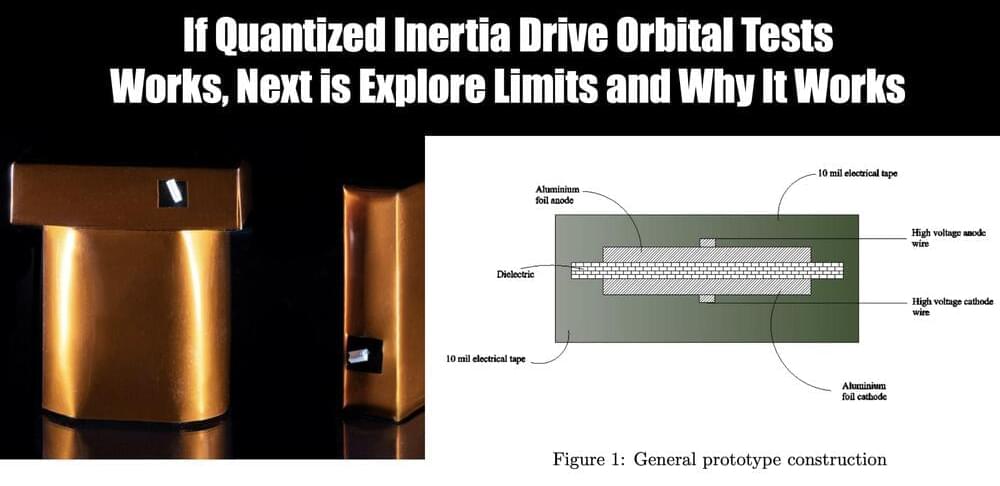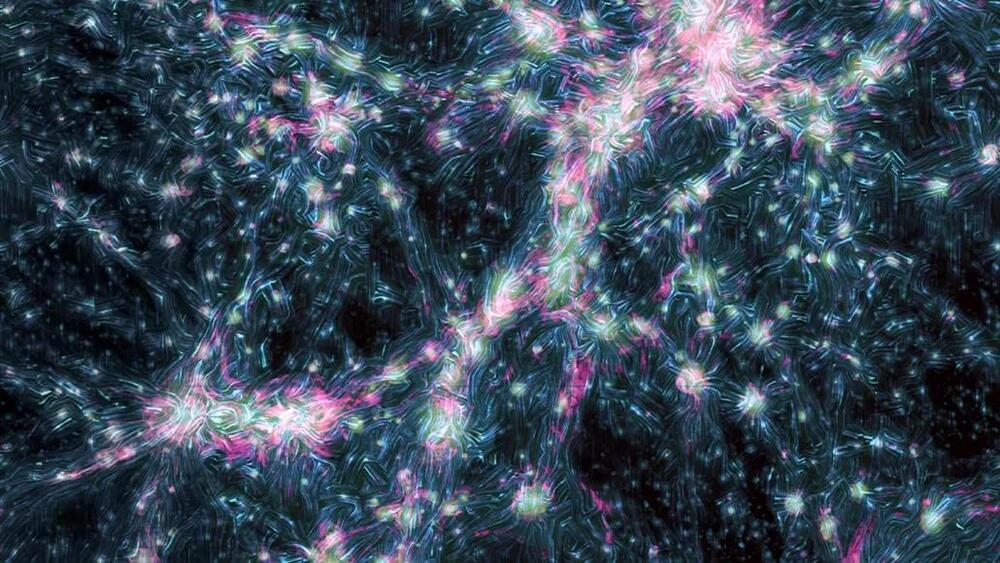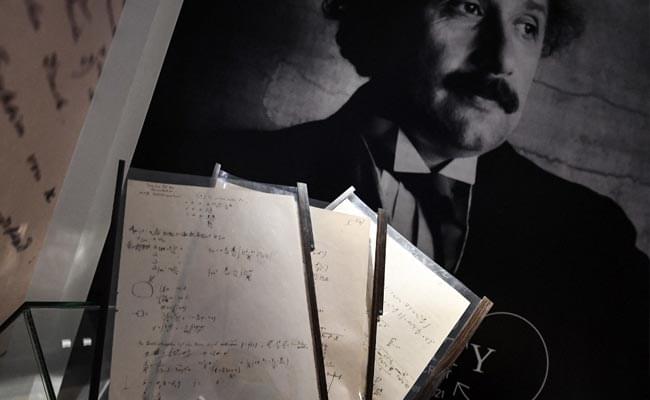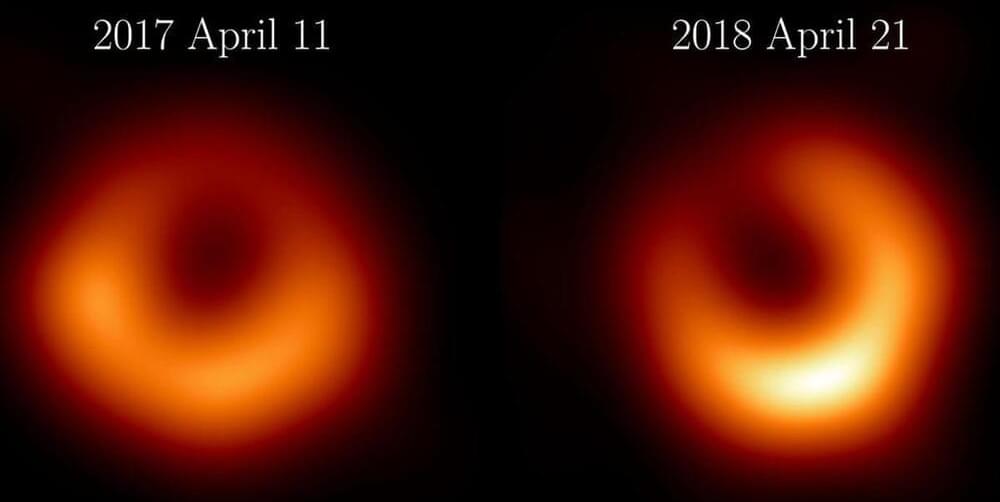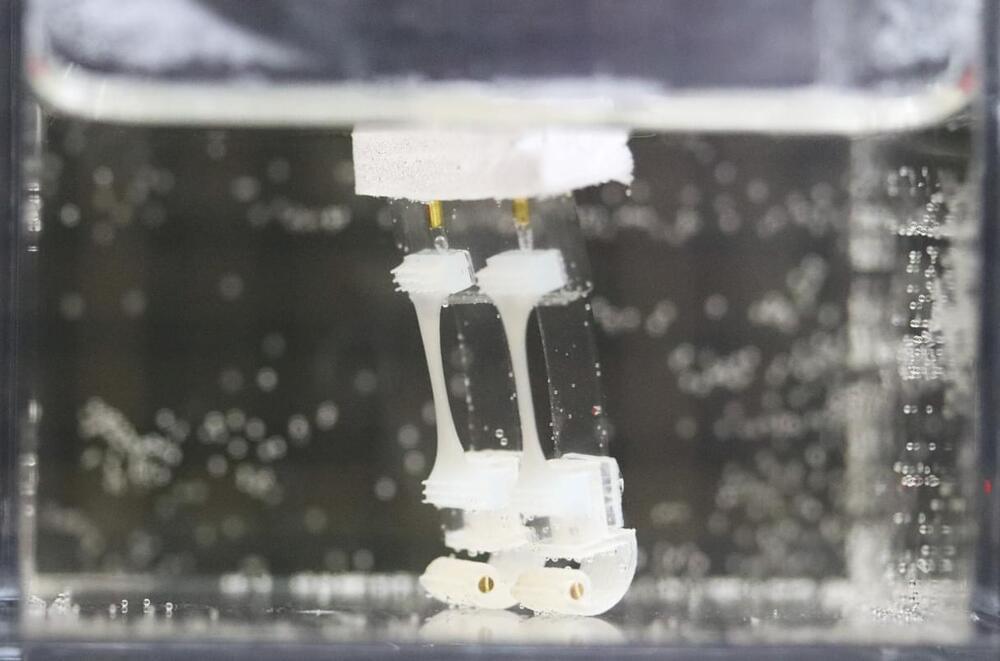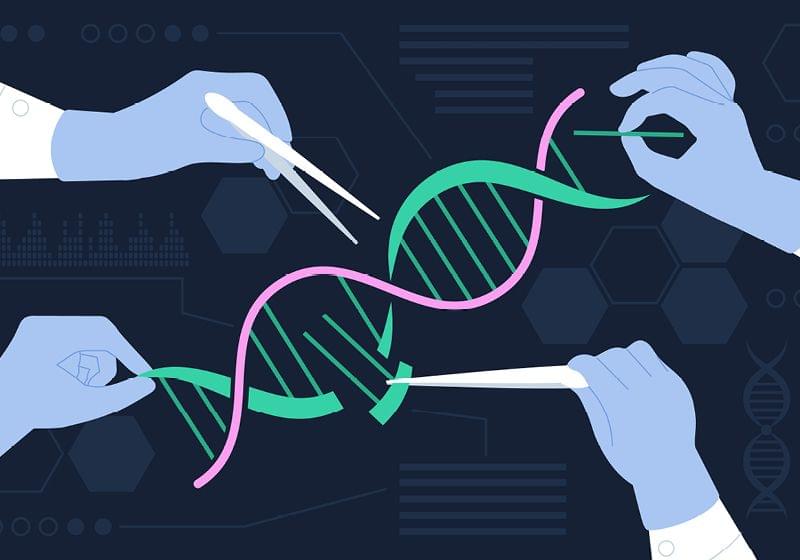Scientists use DNA hacking to create a variety of 3D metallic and semiconductor nanostructures for advanced technologies.
The IVO quantum inertia drive is in orbit now and will be turned on within one to ten weeks and then operated for many weeks or months.
The IVO quantum inertia drive is very controversial because it would go against many theories in physics.
Let us assume the 52 millinewton drive using 1 watt of power from a drive that weighs about 200 grams works.
Untethered micro/nanorobots that can wirelessly control their motion and deformation state have gained enormous interest in remote sensing applications due to their unique motion characteristics in various media and diverse functionalities. Researchers are developing micro/nanorobots as innovative tools to improve sensing performance and miniaturize sensing systems, enabling in situ detection of substances that traditional sensing methods struggle to achieve. Over the past decade of development, significant research progress has been made in designing sensing strategies based on micro/nanorobots, employing various coordinated control and sensing approaches. This review summarizes the latest developments on micro/nanorobots for remote sensing applications by utilizing the self-generated signals of the robots, robot behavior, microrobotic manipulation, and robot-environment interactions.
Patients with takotsubo syndrome in a new study had elevated cardiovascular and noncardiovascular death rates. Inhibitors of the renin-angiotensin system were the only cardiovascular medications associated with reduced risk.
In takotsubo syndrome (TS) — also called stress cardiomyopathy or broken heart syndrome — long-term mortality is elevated, similar to that after acute myocardial infarction (AMI), but for unclear reasons. Additionally, evidence-based therapies are lacking for TS. To explore causes of death and the effects of heterogeneous therapies for TS, investigators in Scotland compared outcomes between 620 patients with TS, 620 matched patients presenting with AMI, and 2,480 matched individuals from the general population. Median follow-up was 5.5 years.
Among patients with TS, all-cause mortality was higher compared with the general population (hazard ratio, 1.8), both for cardiovascular causes (HR, 2.5) and noncardiovascular causes (HR, 1.5), but was lower compared with patients with AMI (HR, 0.8). Patients with TS were prescribed cardiovascular and noncardiovascular medications at similar rates to those with AMI. Use of diuretics, anti-inflammatory agents, and psychotropic agents were associated with higher mortality in patients with TS, as was chronic anti-inflammatory medication use. The only medications associated with lower mortality in patients with TS were inhibitors of the renin-angiotensin system.
This study adds to the body of evidence that shows that TS is a serious condition associated with higher mortality rates than the general population but slightly lower mortality rates than patients with AMI. These findings also support evidence suggesting that inhibitors of the renin-angiotensin system are associated with improved outcomes in TS. Although this study did not show an association between beta-blocker use and lower mortality in TS, many prior studies have found such a beneficial association. So, for now I will continue treating my patients with TS with both inhibitors of the renin-angiotensin system and beta blockers.
A genetic marker linked to premature aging was reversed in children with obesity during a six-month diet and exercise program, according to a recent study led by the Stanford School of Medicine.
Children’s telomeres—protective molecular “caps” on the chromosomes—were longer during the weight management program, then were shorter again in the year after the program ended, the study found. The research was published last month in Pediatric Obesity.
Like the solid segment at the end of a shoelace, telomeres protect the ends of chromosomes from fraying. In all people, telomeres gradually shorten with aging. Various conditions, including obesity, cause premature shortening of the telomeres.
Astronomers claim to have found structures so large, they shouldn’t exist. With such biased, incomplete observations, perhaps they don’t.
In his new gravitational model, the researcher started from the so-called Gibbs-Duhem relation that is used in thermodynamics to describe changes in a system.
The new black hole image offers further confirmation for Albert Einstein’s theory of general relativity.
Once mostly limited to straight-line motion, “biohybrid” bots are finally getting the hang of more complex motion.
Gene editing is revolutionizing the understanding of health and disease, providing researchers with vast opportunities to advance the development of novel treatment approaches. Traditionally, researchers used various methods to introduce double strand breaks (DSBs) into the genome, including transactivator-like effectors, meganucleases, and zinc finger nucleases. While useful, these techniques are limited in that they are time and labor intensive, less efficient, and can have unintended effects. In contrast, the clustered regularly interspaced short palindromic repeat (CRISPR)-associated protein-9 (Cas9) system (CRISPR/Cas9) is among the most sensitive and efficient methods for creating DNA DSBs, making it the leading gene editing technology.
CRISPR/Cas9 is a naturally occurring immune protective process that bacteria use to destroy foreign genetic material.1 Researchers repurposed the CRISPR/Cas9 system for genetic engineering applications in mammalian cells, exploiting the molecular processes that introduce DSBs in specific sections of DNA, which are then repaired to turn certain genes on or off, or to correct genomic errors with extraordinary precision.2,3 This technology’s applications are far reaching, from cell culture and animal models to translational research that focuses on correcting genetic mutations in diseases such as cancer, hemophilia, and sickle cell disease.4
Researchers exploit plasmids, the small, closed circular DNA strands native to bacteria, as delivery vehicles in CRISPR/Cas9 gene editing protocols. Plasmids shuttle the CRISPR/Cas9 gene editing components to target cells and can be manipulated to control gene editing activity, including targeting multiple genes at a time. Plasmids can also deliver gene repair instructions and machinery. For example, poly (ADP-ribose) polymerase 1 (PARP1) is an enzyme that drives DNA repair and transcription.5 It is a critical aspect of CRISPR/Cas9 gene editing technology in part because it helps repair the DSBs created by the CRISPR/Cas9 system. PARP1 CRISPR plasmids can edit, knockout, or upregulate PARP1 gene expression depending on the specific instructions encoded in the plasmid.
